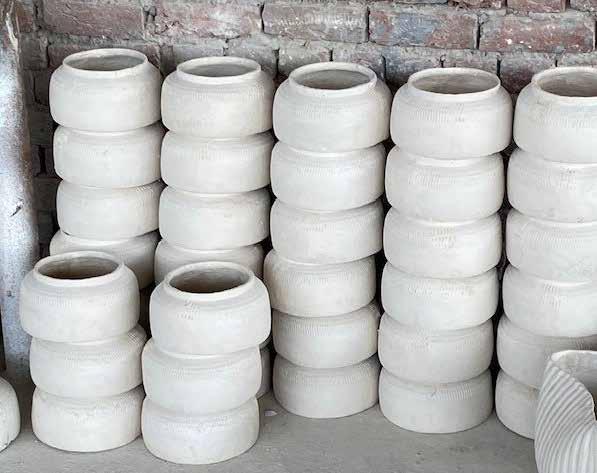

Chalk
vases & bowls

CHALK VASE JALOR
BSST00110 20x20x27cm
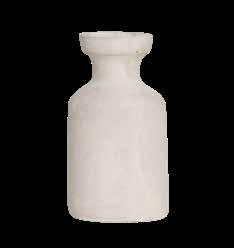
CHALK VASE RAYARO
BSST00113
12x12x20,5cm

CHALK VASE MALANI
BSST00116
7x7x13cm

CHALK VASE CHOTAN
BSST00111 15x15x17cm

CHALK VASE OSIAN
BSST00114 15x15x24cm
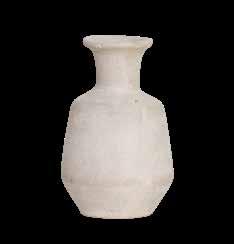
CHALK VASE FALNA
BSST00117 9,5x9,5x16cm

CHALK VASE SAYALA
BSST00112 20x20x33cm

CHALK VASE BALESAR
BSST00115 15x15x24cm

CHALK VASE NAGAUR
BSST00118 20x20x35cm




CHALK VASE KOLAYAT
BSST00119 17x17x30cm

CHALK VASE DAUSA
BSST00121 12x12x23,5cm
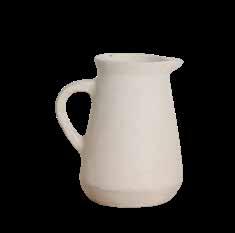
CHALK JUG ALWAR
BSST00131
16,5x14x18cm

CHALK VASE CHARAN
BSST00120 21x21x20cm

CHALK VASE CHIRA
BSST00122 18x18x32cm
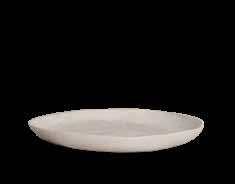
CHALK PLATE CHARKI L
BSST00132
20,5x20,5x2,5cm

CHALK BOWL CHANDRAPUR
BSST00134
25x25x8,5cm

CHALK VASE MANDORE M
BSST00135
22x22x31cm

CHALK PLATE CHARKI M
BSST00133
15x15x3cm

CHALK BOWL PANO
BSST00130
27x27x10,5cm

CHALK VASE MANDORE L
BSST00136
27,5x27,5x35cm



LIST00001 15x15x17,5cm
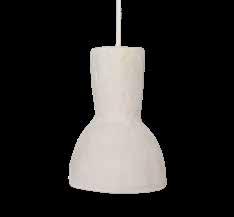
LIST00003 15x15x21,5cm

LIST00002 15x15x20,5cm
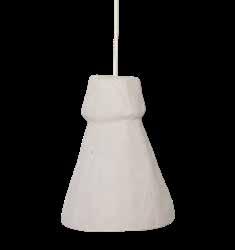
LIST00004 17x17x23,5cm
CHALK LAMP SUKKUR
CHALK LAMP MORO
CHALK LAMP KANOI
CHALK LAMP PUGAL
lighting | Paper mache |
This vases from this collection are made from a mix of paper mache and chalkpowder. Materials
The vases are made from an eco mix which consists of old newspapers, chalkpowder & glue in different percentages.
The process of how the base material is made:
1. Old newspapers are first soaked in water
2. The wet newspapers go through a machine and smashed into pulp
3. The pulp is mixed with crushed powdered chalk or lime-stone
4. Natural tree resin functions as the adhesive.
5. Resin crystals are melted in warm water and the liquid substance is added in the mix
6. Pulp, chalk & resin are mixed and pushed through an avegar
7. We then have the right substance and consistency, our base material.
From base material to final design:
1. Blocks of clay are pounded with a wooden mallet into sheets
2. The clay sheet is laid into a mould and pressed into the sides
3. Two half moulds are closed together, wrapped with a plastic band
4. From the inside extra clay is pushed into the connecting joints
5. The mould is left for 1-2 days drying in the air
6. The mould is opened and excess clay is cut off & small holes are filled by hand
7. The model is naw further left to dry for another 3-5 days in the open air
8. Finally it is sprayed with a sealer so no colour comes off when handling
The full process consists of only 2 important items: the use of natural materials & skilled labour, exactly the 2 things Raw Materials loves the most! Any new design is firstly made in plaster of Paris. This goes into a black of gips. This is cut in half and these are the 2 moulds.
Gips moulds can only be used 10 to 12 times.
Maintenance
Apart from dusting with a dry cloth, no maintenance is needed.
Extra information
Please note that the items from this collection are not waterproof.


